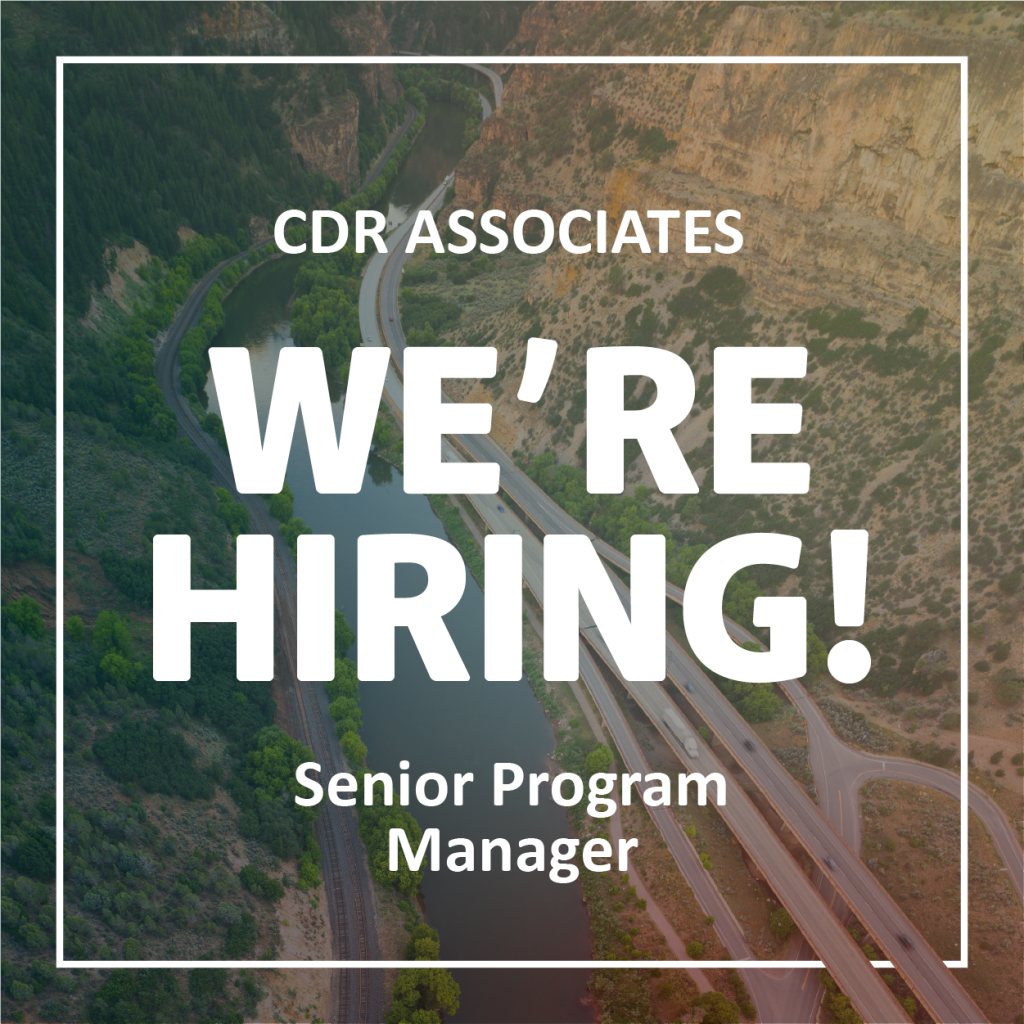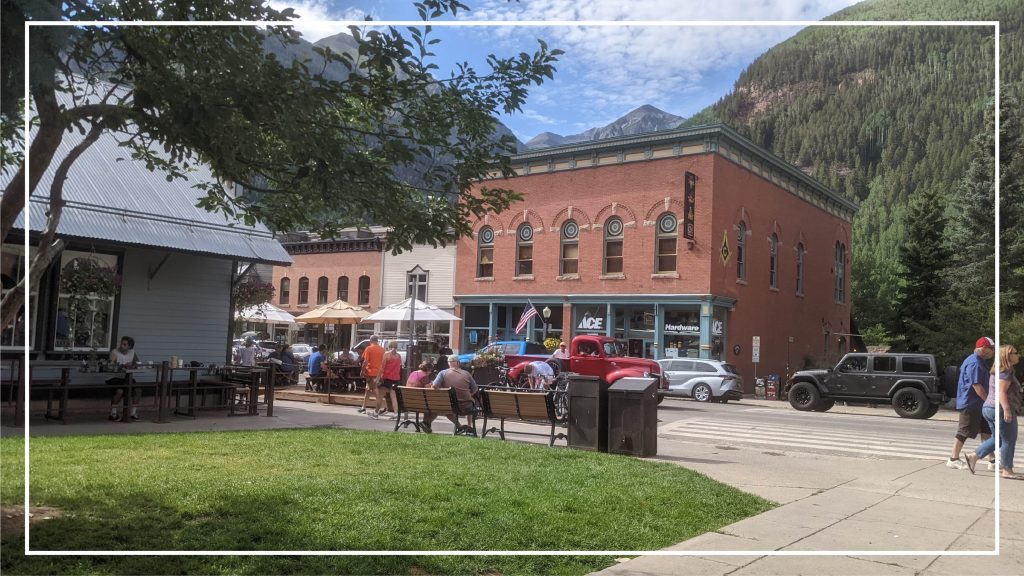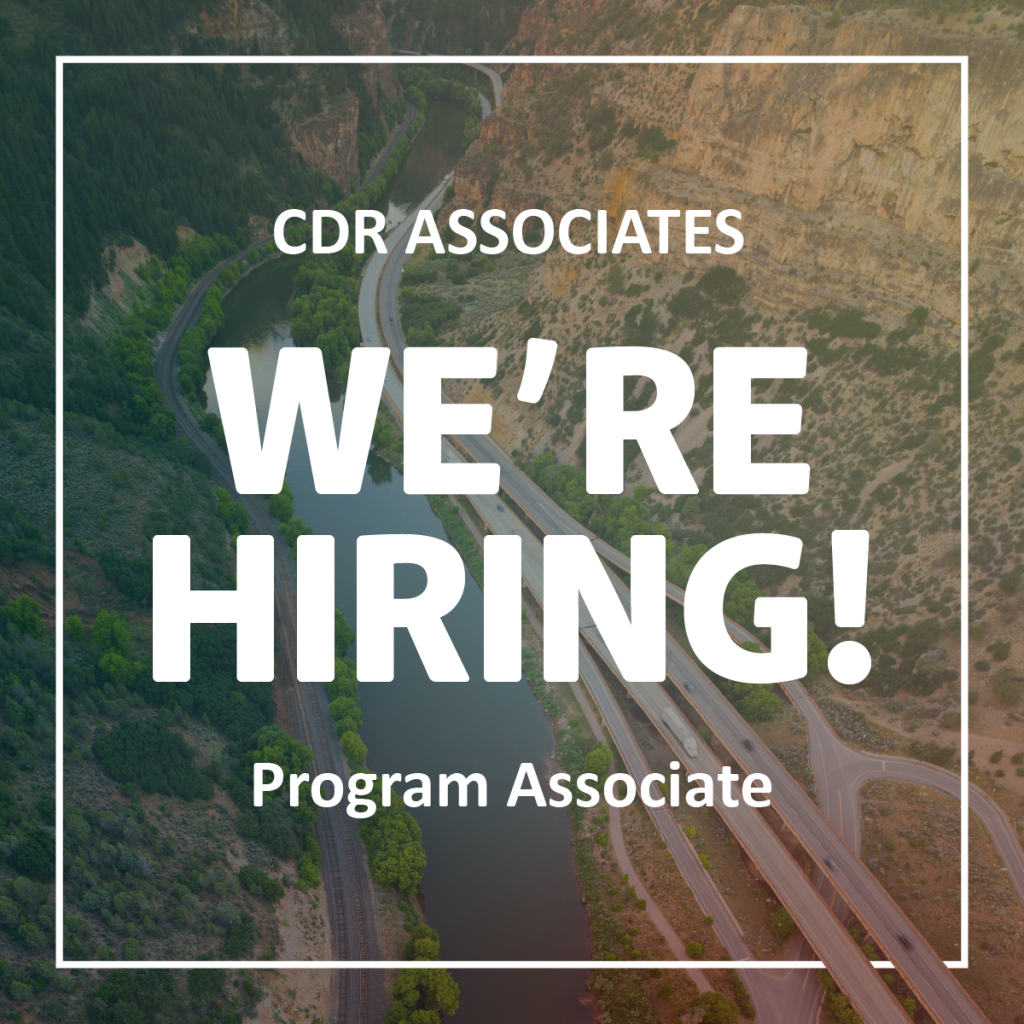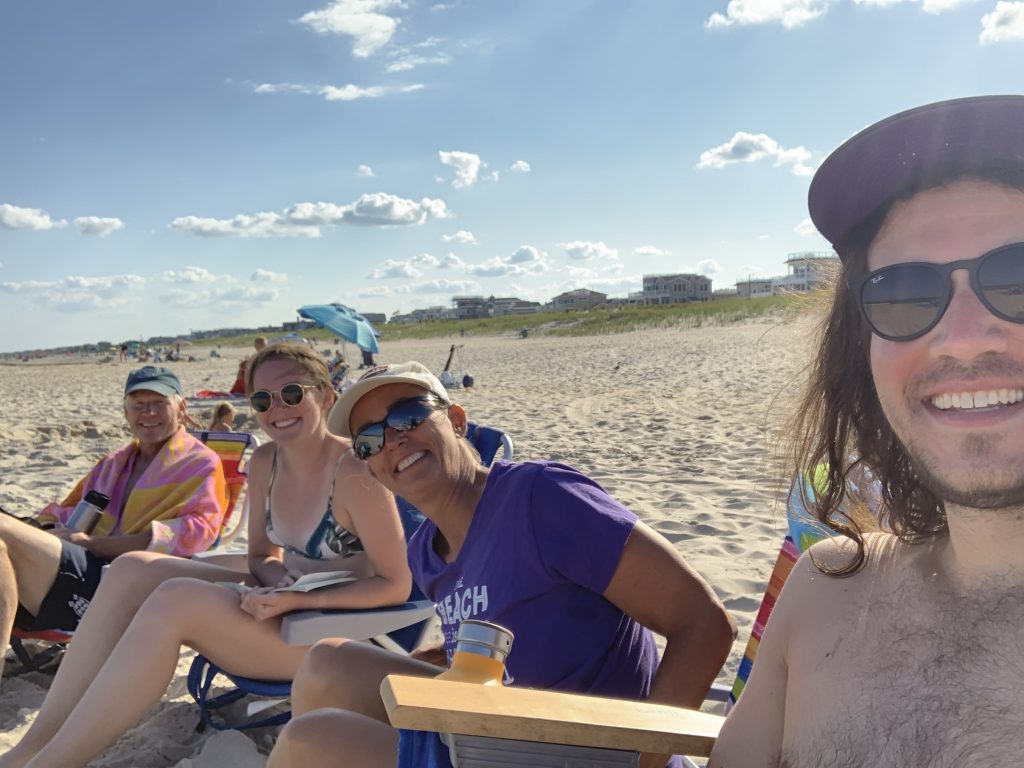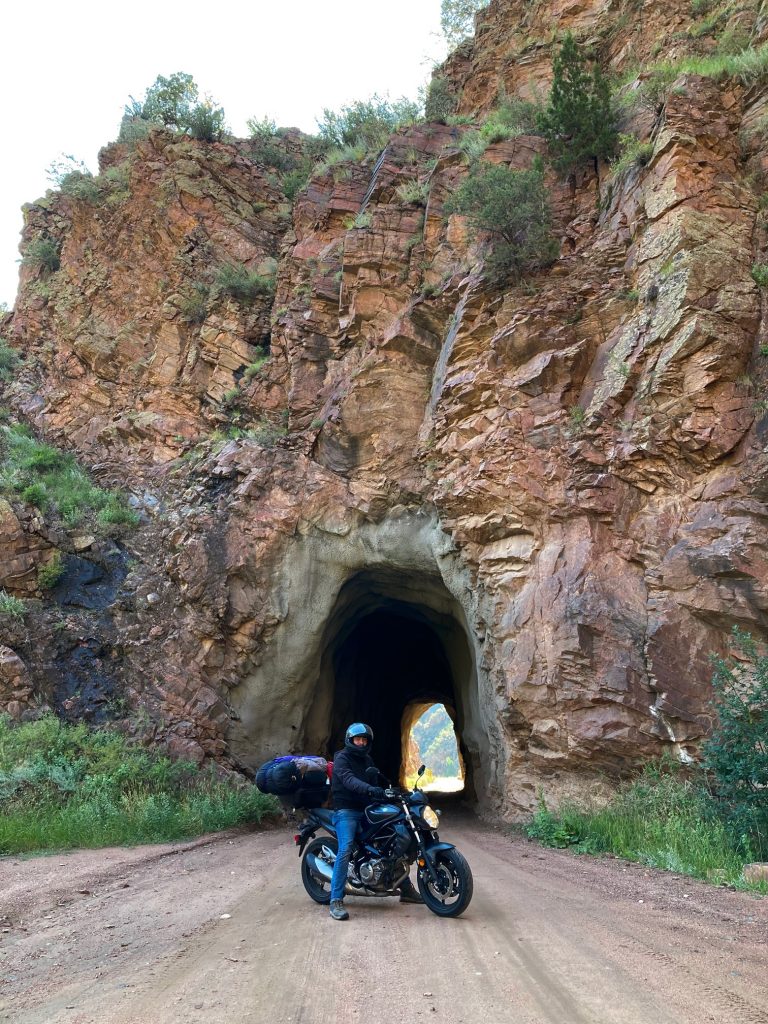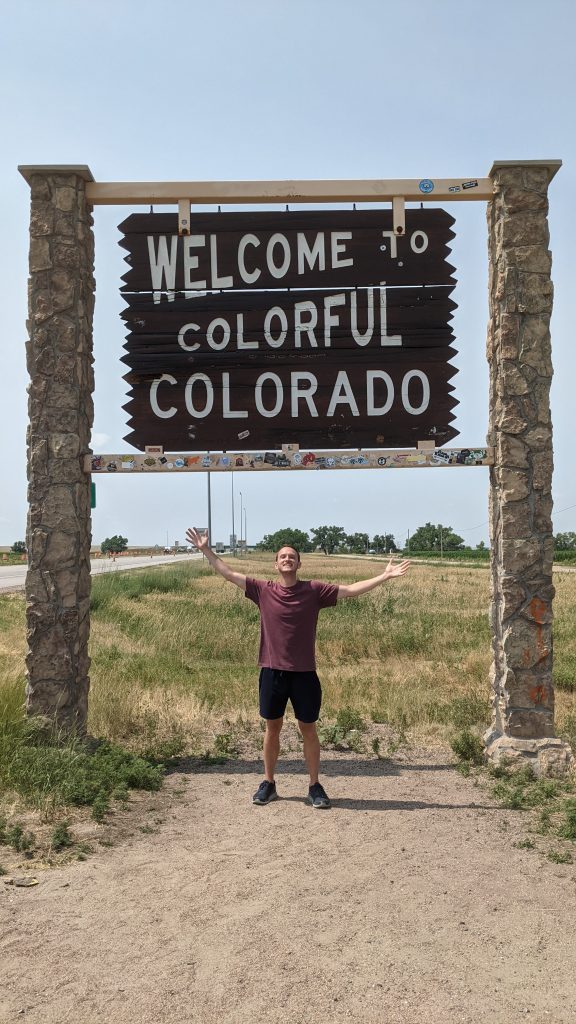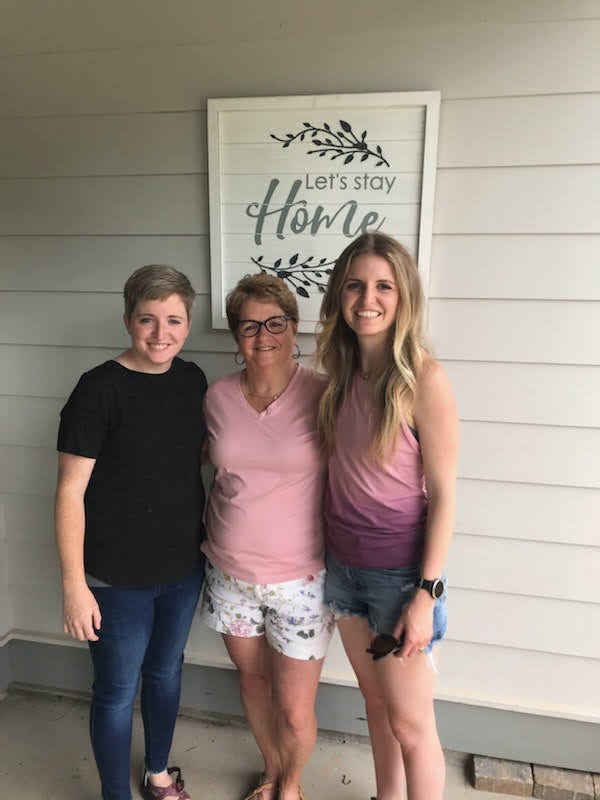by Julia Oleksiak, CDR Program Associate
CDR has long enjoyed strong relationships with mediators and other stakeholders in Sri Lanka, where a well regarded national mediation program supports communities through local challenges. Our team recently updated the program’s approach to training and is proud to be a part of its continued development and expansion.
History
Throughout the history of Sri Lanka, mediation has served as an essential form of dispute resolution. The small island nation’s relationship with mediation dates back millennia—from village councils addressing disputes between neighbors to village tribunals, rural courts, and conciliation boards. In 1988, the Sri Lankan Parliament passed the Mediation Boards Act No. 72, creating a new legal framework for the administration and implementation of dispute resolution across the country and establishing an independent Mediation Boards Commission. Since then, the Commission’s role has been to appoint and oversee a network of mediators which make up Community Mediation Boards (CMBs) across the island.
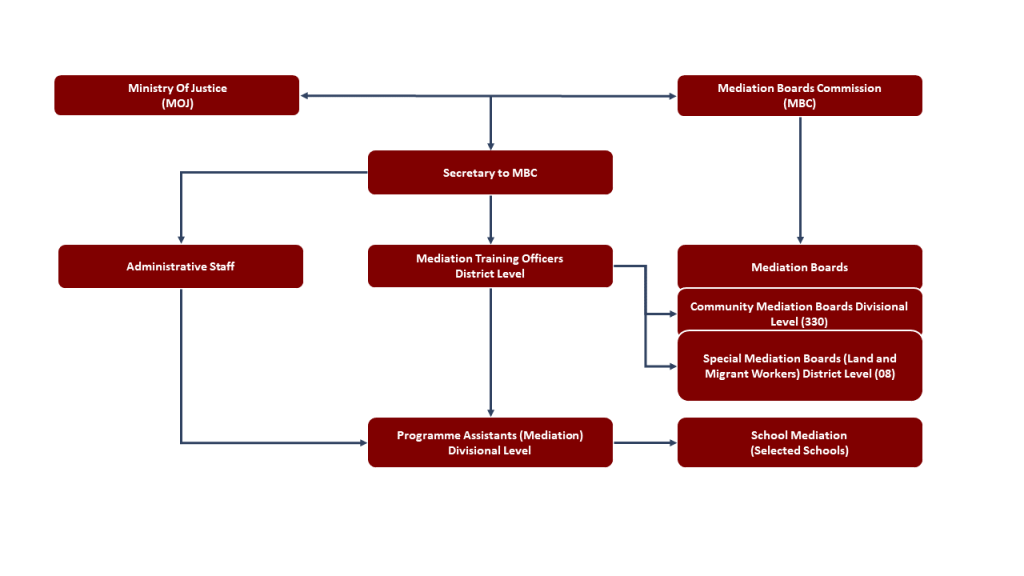
Credit: Mediation Boards Commission
Current Framework
Interest-based mediation continues to be a cornerstone of Sri Lankan society today. It is used as a form of community-based dispute resolution in many important contexts ranging from economic hardship, conflicts arising in the aftermath of the civil war, as well as continued ethno-religious friction.
The Ministry of Justice and Mediation Boards Commission, in close partnership with The Asia Foundation, have trained and supported mediators to resolve hundreds of thousands of disputes across Sri Lanka over the past 30 years. The alternative dispute resolution program has demonstrated adaptability and resilience through the creation and implementation of special boards SMBs to address pressing issues surrounding the 2004 tsunami disaster, land disputes following the civil war, and commercial disputes. CDR has been supporting the flagship mediation program with The Asia Foundation for decades including the development of Special Land Mediation Boards in 2014.

Credit: P. Teese/CDR Associates
2023 Efforts
In the Spring of 2023, CDR Principal Jonathan Bartsch and Program Associate Patrick Teese worked closely with The Asia Foundation, The British Council, and other stakeholders to design workshops with the goal of strengthening the existing mediation program and infusing creativity and energy into current Sri Lanka mediation training and practice. In May, Jonathan traveled to Colombo to deliver a five-day Advanced Mediation Training and a seminar on Global Trends in Mediation. The Mediation Training Officers participating in the training received a refresher on the foundations of third-party assistance and an introduction to a range of mediation applications and approaches that move beyond the individual resolution of disputes. The seminar served as an opportunity to reinforce the success of the mediation program in Sri Lanka and introduce the idea of developing a renewed vision and approach to integrating mediation and conflict engagement strategies into other areas of practice.
Future
Mediation for community disputes is integrated into the fabric of Sri Lanka and it is critical to continue to find ways to support further development of the program, which currently stands at a crossroads. With 30+ years of experience in building and supporting mediation programs and through the development of a long-standing relationship with Sri Lanka’s background, context, and mediation system, CDR is proud to help create a revised plan and approach needed for the program to continue to thrive. We look forward to continuing our relationship with the Sri Lanka Community Mediation Programme, The Asia Foundation and its partners, and aim to apply the latest expertise and lessons learned to future updates to the program as well as in other national contexts.
We encourage you to share your thoughts on this effort and article with Julia (joleksiak@mediate.org).
This article was featured in the October 2023 edition of CDR’s newsletter, “Talking Points.” Sign up here to receive the next copy!

